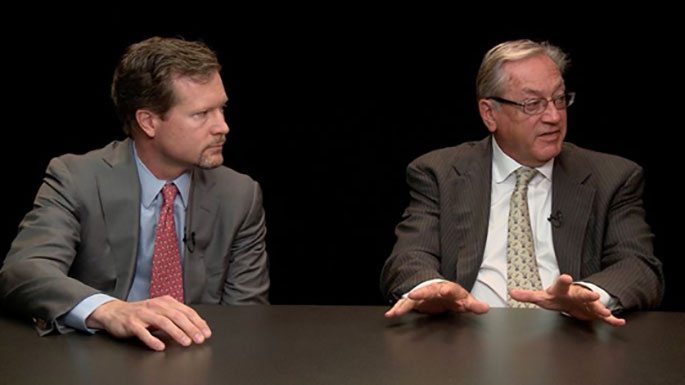Everyone Says They Have the Best Operating Model

It is far from clear which model for incorporating operating talent into private equity works best.
A casual industry observer might come to the conclusion that a new model for investing has emerged – one that involves full-time, full-partner, in-house operating executives working with deal partners.
The last private equity firm to not flaunt the term “operating” in marketing material probably shut its doors several years ago. But people whose job it is to pick apart private equity firm structures and track records will tell you that for every private equity firm, there exists  a different model for incorporating operating talent into the investment program. And it is unclear which model is the best.
a different model for incorporating operating talent into the investment program. And it is unclear which model is the best.
LPs and their advisors have become jaded, having heard so many GPs insist that their respective approaches are superior. Recent interviews with fund due diligence experts at Pantheon Ventures, AlpIn- vest Partners and Siguler Guff (views presented in this Special Report), revealed an emphatic argument that operating partners must be in-house lifers at a private equity firm can be matched by an equally emphatic argument to the contrary.
The logic behind the full-partner operating executive is this: Only a partner who is fully integrated into an investment program, whose economic incentives and personal pride of ownership penetrate the entire firm, will be exert his or her full energies into optimizing the deal. An operating partner only assigned to particular deals, or brought in as a hired gun, will fail to give a damn about the fund as a whole, the culture of the firm and its long-term relationships.
But there is an equally compelling argument for the operating advisor/hired gun. A former corporate executive embedded in a private equity firm for years, scanning deal flow and jumping into portfolio companies, may become stale, especially in fast-morphing industries such as technology. Better to catch a mid-career superstar for a value-add project and then release them into the field.
Among investors there is even some ambivalence about the importance of individual operating talent versus systematic approach to adding value. Kevin Kester of Siguler Guff points out his firm tries to determine whether a GP’s operating platform is driven by the talent of key superstars or by a winning system that can plug in a variety of operators with similar results. Kester says he doesn’t favor one particular model.
Why the lack of conviction about which model works best? It could be that there has yet to be produced an authoritative study comparing the financial results of one operating model over another. More importantly, experience has shown investors that spectacular success and soul-crushing failure can result from all of these models.
What matters most is this – whatever way you try to extract value from a portfolio company, are you good at it? Are the right people being deployed in the right way? It is possible to create what appears to be a winning marriage between operating and transactional talent with a flawed incentive structure?
On the flipside, a firm that relies on accomplished, super-incentivized hired guns, may have a habit of buying hopeless companies for too much, at the wrong time. Such a portfolio company will fail to thrive, even in the hands of an operating superstar.
Given the brutal GP culling by LPs, it is not good enough to just be good enough. Investors want to see evidence of consistently good results. A spectacular deal weighed against a couple of zeros can produce a good overall fund return, but it scares LPs that a firm has a fractured culture and lacks discipline. It also points to a GP team that puts itself at the mercy of circumstance and portfolio-level management, while lacking a house operating vision.
The head of a major endowment PE program, well known for his outspokenness and cynicism, once told me that he scoffs at any GP who claims to “add operating value.” Invariably, this LP says he would find wipe-outs and underperformers in these GPs’ track records and ask, “The special things you did to the winning deals, why didn’t you do them to these other deals?”
Perhaps an unfair challenge but the dismissive attitude isn’t far from the well-resourced limited partners’ current state of mind. Showing them an operating platform that is supposed to work is very different than presenting an operating platform that works.
But the only thing that really matters about a PE firm’s operating structure is that it delivers results.


